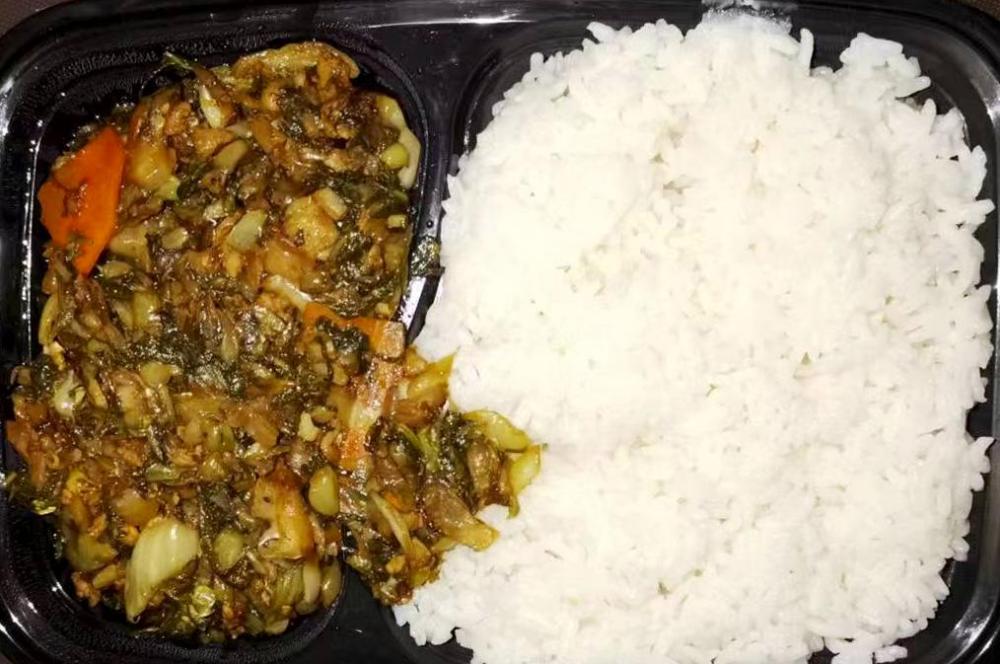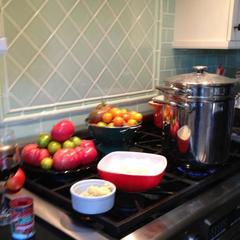Tonight’s meal I think of as a Chinese equivalent of the Scottish classic of my childhood, mince and tatties. Obviously not in terms of ingredients, but there the lack of similarity ends. Both are simple fare, relatively cheap, easy to make but not particularly visually appealing. Both are flavoursome comfort food. Tonight’s dinner was one I often make, but this came from a local restaurant.
Mince and Tatties
Like mince and tatties, at its simplest, 酸菜肉末饭 (suān cài ròu mò fàn) consists of two elements:
酸菜 (suān cài) is literally ‘sour vegetables’, the sourness being that they are pickled. These vegetables are sometimes referred to in the west as Chinese Sauerkraut and some sources even go so far as to suggest that it was the origin for sauerkraut, having been brought west 1,000 years ago by Genghis Khan after he invaded China. Whatever the truth, there is solid evidence that suan cai was in existence 5,000 years ago.
In the north of China, especially Beijing its primary ingredient is cabbage but here it is more commonly mustard greens, which is what I had tonight. Other vegetables and spices are also added in smaller quantities depending on seasonal availability. The vegetables are dried and then salted and left for lacto-fermentation to do its thing, Before making this dish the suan cai is finely chopped or minced.
肉末 (ròu mò) is minced pork (as opposed to the beef in mince and tatties). Usually, a relatively fatty belly cut is used.
The two are then mixed together and fried. Most people make their own from scratch, but it is available in supermarkets. Also found is the very similar 雪菜 (xuě cài) or ‘snow vegetable’, a milder version popular in Shanghai.
The dish is normally served alongside other dishes family style and accompanied by rice. 酸菜鱼 (suān cài yú), suan cai fish is another popular dish which I have posted somewhere here in the past.
Suancai Pork Mince (酸菜肉末)






